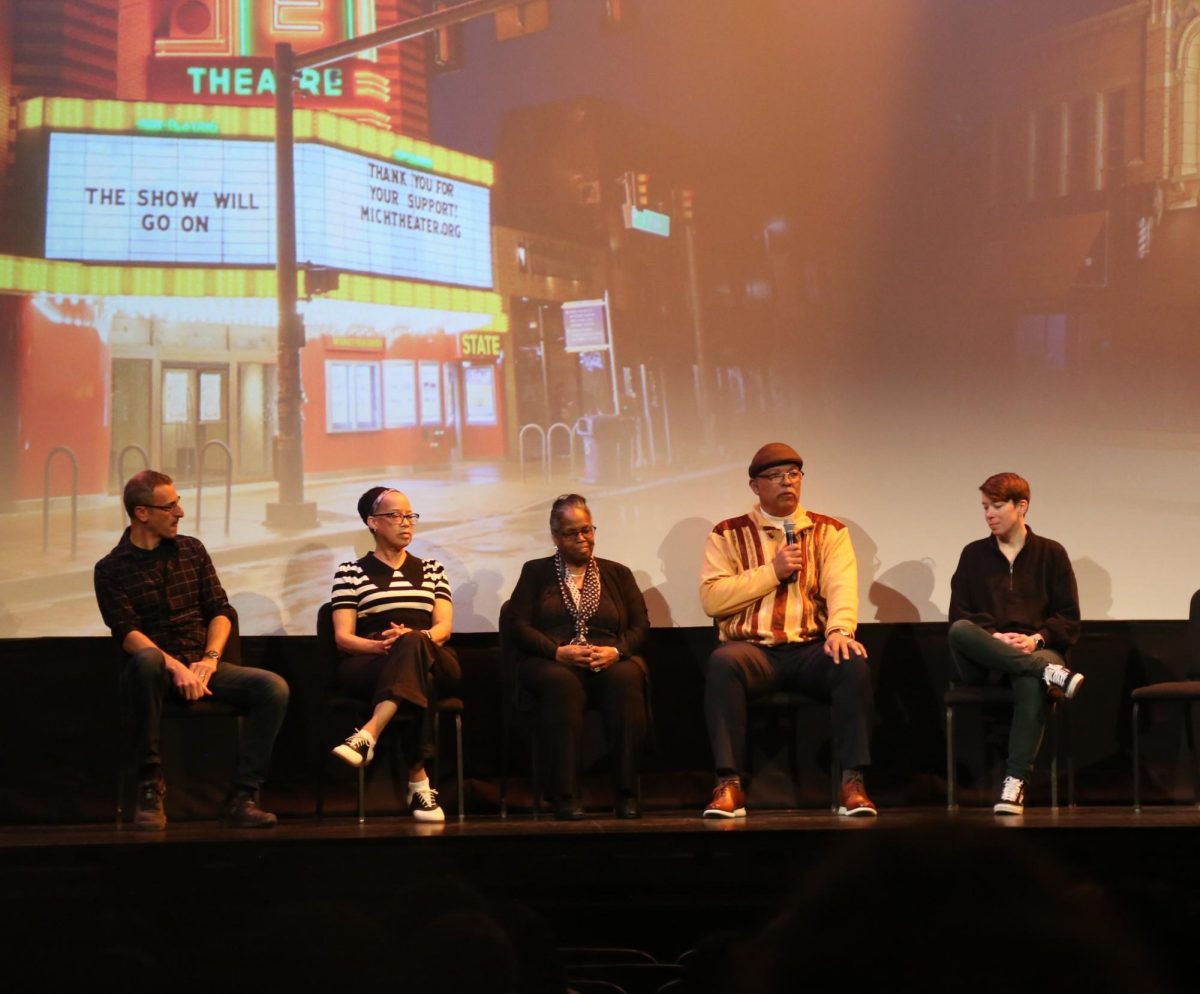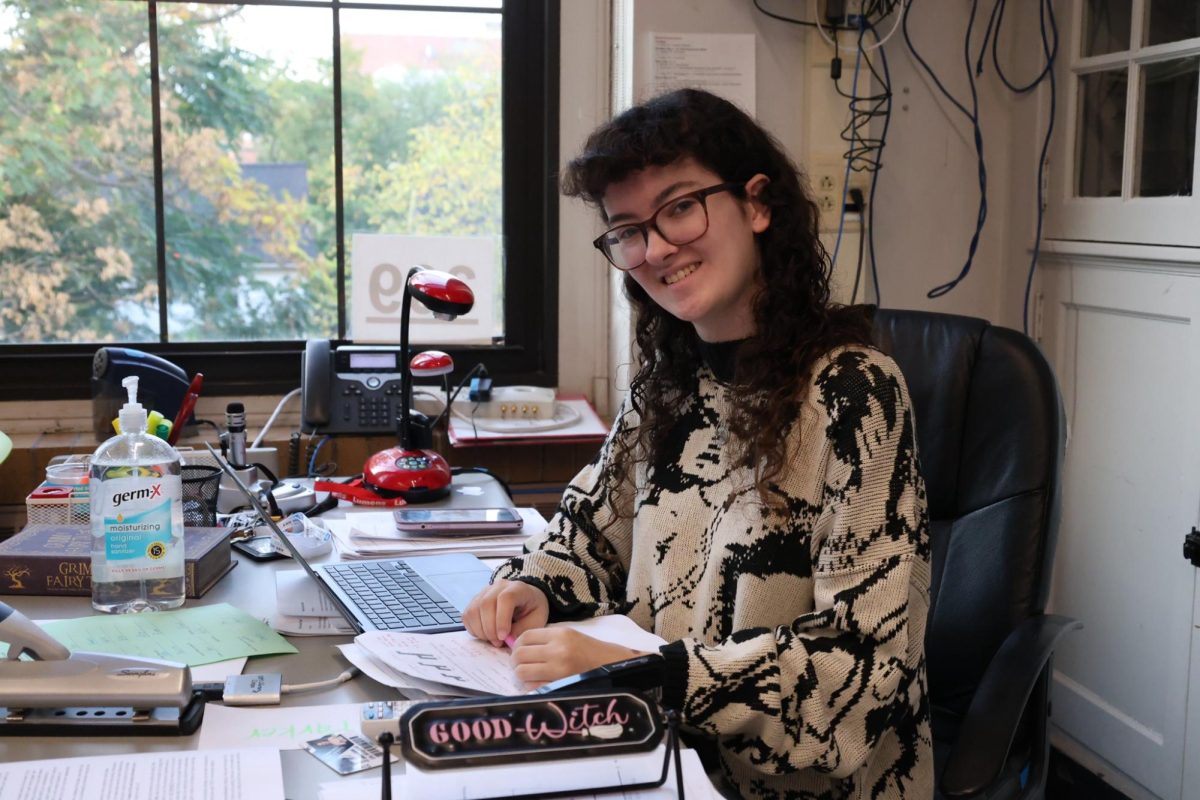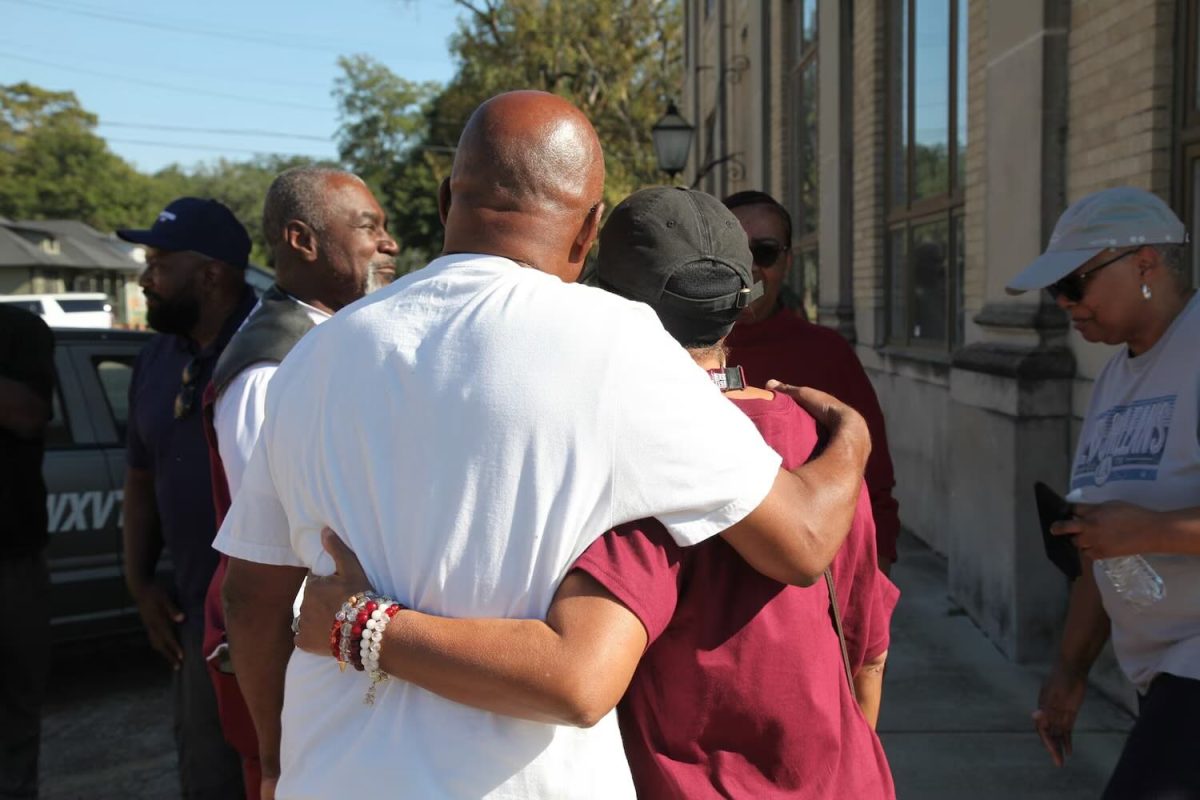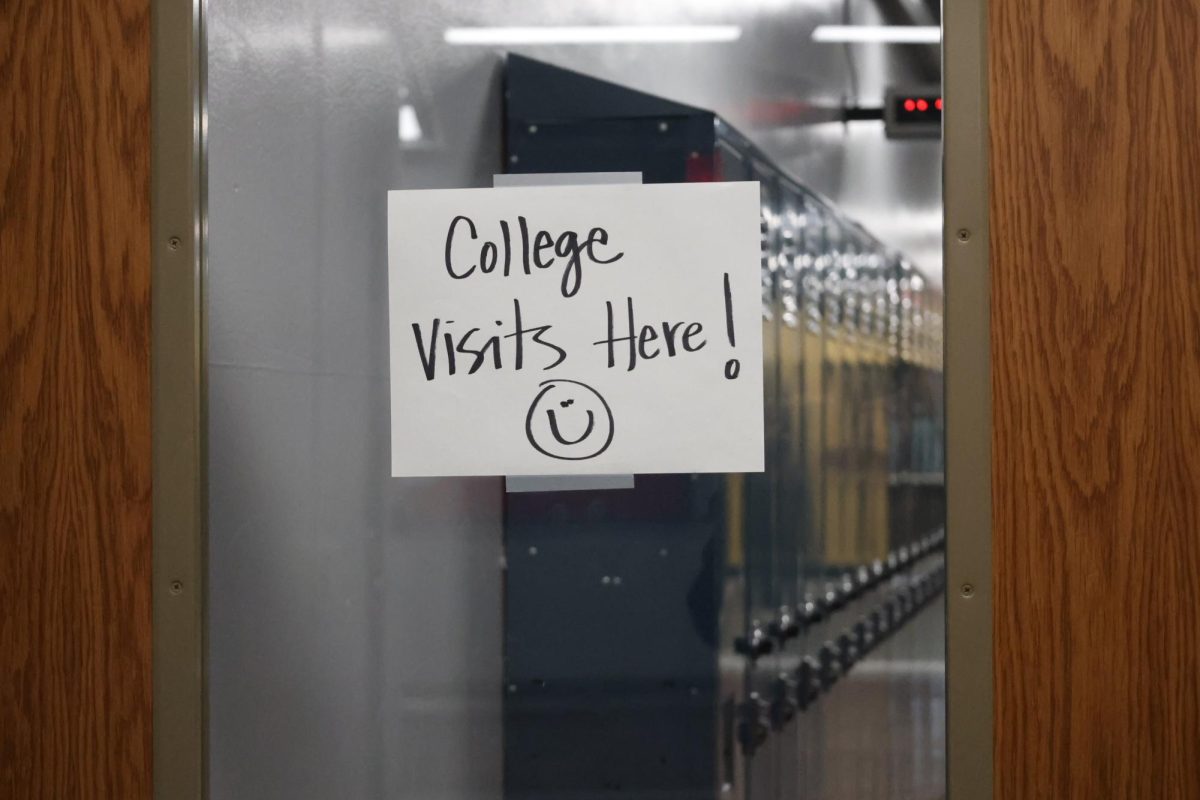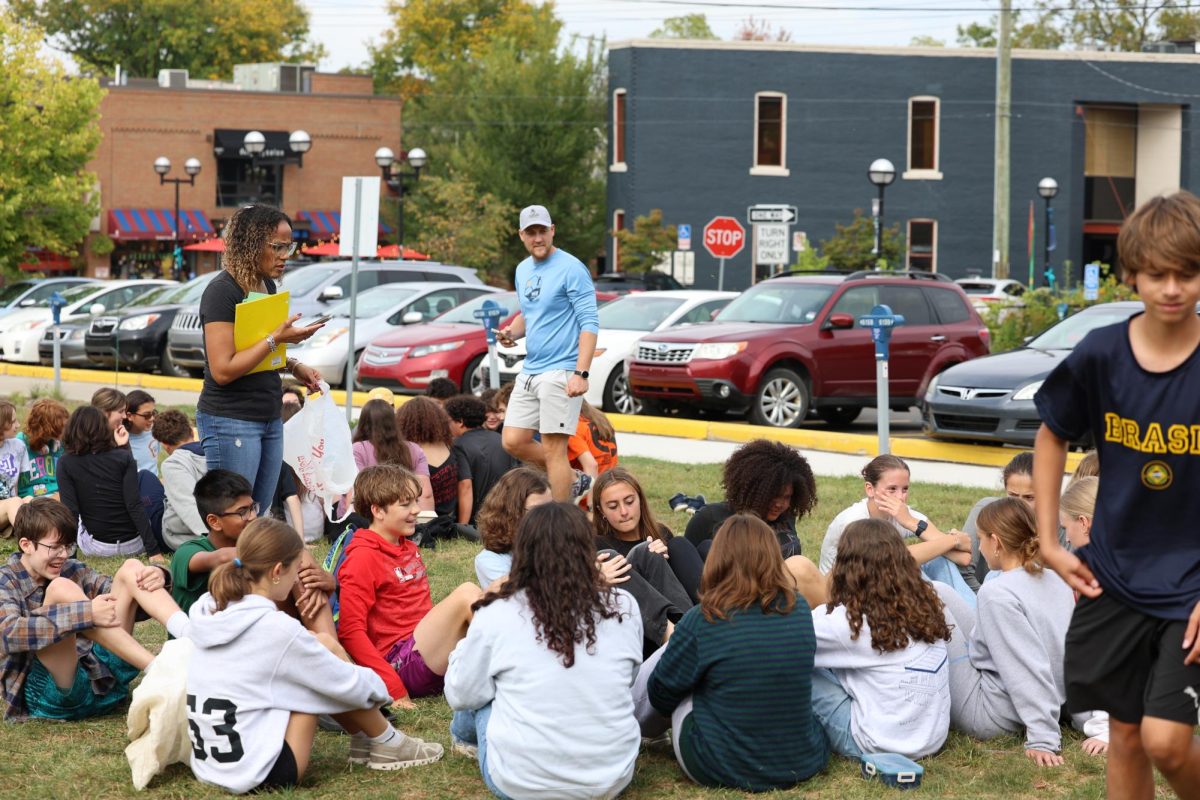For Community High School students, March 6 was not an average day. Instead of regular classes, students walked to the Michigan Theatre for a special showing of the documentary “There Went the Neighborhood.”
Recently premiered, the documentary details the pasts of Jones Elementary School and Ann Arbor’s historically Black neighborhood. The film was created by Donald Harrison, who also directed the film “This is Commie High”. Harrison worked in collaboration with the Ann Arbor District Library system (AADL) to produce “There Went the Neighborhood”. As students found their seats and turned to the screen at the Michigan Theater, they saw a story of nostalgia, pain and a neighborhood that disappeared.
“There Went the Neighborhood” centered around the closing of Jones School and featured Jones alums reflecting on Ann Arbor. The individuals in the documentary remembered the days filled with hope, love and a sense of community when at Jones School. There were many comparisons of what life was like for the Black community then and how they felt about Ann Arbor now. The film showed places of present-day Ann Arbor with overlaid black-and-white images of what those places looked like in the 1940s and 1050s.
Daily, CHS students are surrounded by landmarks that were once the backbone of the Black community. Joslyn Hunscher-Young, CHS social studies teacher, believes that it is important for students to learn about these landmarks and have an understanding of the desegregation, gentrification and rising housing prices that led Ann Arbor to be the way it is now.
Hunscher-Young uses local history to make her high school history lessons more authentic. Having her class explore the local pasts of Ann Arbor, Hunscher-Young sees her students act more like historians by asking questions, finding sources, deciding what stories should be sources and how everything fits into a bigger picture view.
“Making history local does a really powerful thing of engaging people,” Hunscher-Young said. “And completing local research and involving critical thinking skills is the direction that our Social Studies Department is going in which I think that’s very useful and important.”
Hunscher-Young is very involved in adding curriculum and history classes to Ann Arbor High Schools. This year, Hunscher-Young included more lessons focused on local history. She launched these lessons to other teachers in February and already sees many teachers around AAPS implementing the tools and ideas to connect their lessons to Ann Arbor history. Hunscher-Young hopes that by discussing these topics in classes, students will become interested and learn more about the history behind where we live and how Ann Arbor changed over the years.
“I think it’s really important to center the resiliency, the agency, the resistance and the ways that people are able to thrive in the face of oppression and discrimination,” Hunscher-Young said. “I don’t want this story to only look at the terrible things because there’s always people finding ways to survive and build community.”
Hunscher-Young hopes that this event showed students multiple sides to the history of Ann Arbor: the racism and discrimination as well as the strong community bond that perseveres.
After the film, students participated in a Q&A session with both the director and some of the featured individuals present. The panelists provided personal stories and elaborated on different parts of the film, encouraging conversations long after students had left the theater.
“It was really great to see students participating,” Hunscher-Young said. “It gave students a chance to continue learning from last year and hear more voices of people who have been in this neighborhood and in this building before us.”
CHS Senior Briar Nordstrom took the opportunity to ask the featured individuals a question. They asked what we as a society could do to respect history and protect existing communities.
“[The speakers] said that we don’t have a reason to necessarily feel guilty, which I agree with,” Nordstrom said. “It’s not our fault directly but we have the power to act going forward. I think that was a very powerful theme that was running through the discussions.”
Nordstrom was moved by both the film and the Q&A speakers. They felt that their mind had been opened up to a whole other side of the story of Ann Arbor. Nordstrom was incredibly grateful to the Jones alumni who shared their stories during and after the film. “There Went The Neighborhood” sheds light on ignored parts of history that are close to home for CHS students like Nordstrom.
“There Went The Neighborhood” is free online for anyone to watch on the AADL website. Students are encouraged to share the film with their family and friends and to continue learning more about this part of Ann Arbor’s history.



